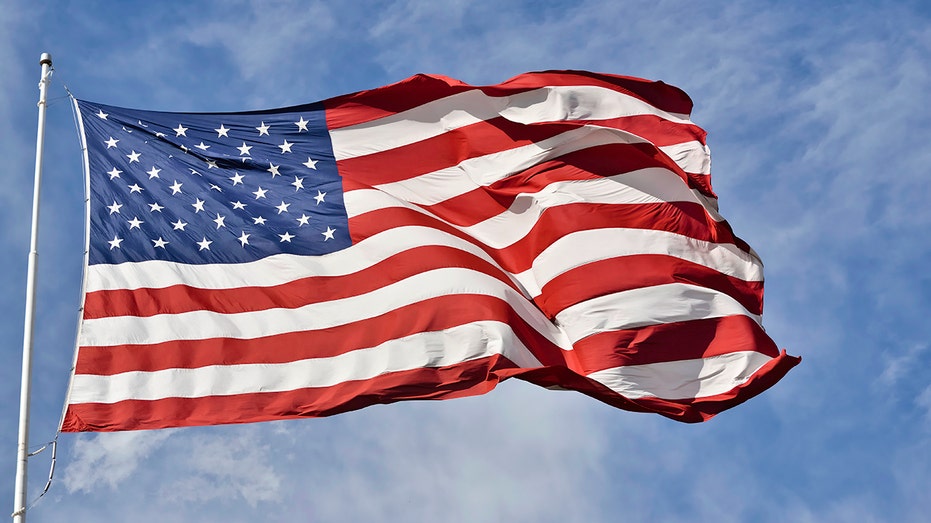Finance
Labor Day by the numbers: Facts and stats about the holiday

Every year, on the first Monday of September, Americans celebrate Labor Day, the federal holiday established in 1894 by President Grover Cleveland.
The origins of the holiday date back 140 years.
It was first celebrated in New York City in accordance with the Central Labor Union, according to the U.S. Department of Labor.
LABOR DAY QUIZ! HOW WELL DO YOU KNOW THE FACTS ABOUT THIS AMERICAN HOLIDAY?
In the late 1800s, American laborers worked for 12 hours per day on average in poor conditions, which led to protests and the formation of labor unions, according to History.com.
Contemporary celebrations for Labor Day include enjoying some rest and relaxation, going on vacation and attending social gatherings.
Here’s a look at 10 number-based facts about Labor Day.
1. Labor Day: When was the first celebration?
2. How many civilian workers are in the United States?
3. What is the American unemployment rate?
4. What is the median household income in the United States?
5. How many Americans are in labor unions?
LABOR DAY MEANING: A BRIEF HISTORY OF THE HOLIDAY AND WHY WE CELEBRATE
6. Unionization rates: How many men and women are in labor unions?
7. Unionization rates: Which age demographic has the highest labor union membership?
8. How much vacation time is going to waste?
9. How many people travel during Labor Day weekend?
10. How much will gas cost over Labor Day weekend?

1. Labor Day: When was the first celebration?
The first Labor Day holiday observed in the U.S. was on Sept. 5, 1882, according to the Department of Labor (DOL).
It took place in New York City in accordance with plans set by the city’s Central Labor Union.
LABOR DAY WEEKEND 2023: RELAXING DESTINATIONS TO BOOK A VACATION
The local holiday inspired other labor unions in other states, which led to the formation of the federal holiday 12 years later, according to the DOL’s “History of Labor Day” webpage.
2. How many civilian workers are in the United States?
The U.S. Census Bureau’s American Community Survey from 2021 — the latest year for which the bureau has data — estimates that there were 109.5 million full-time year-round civilian workers who were age 16 and older.
This estimate is reportedly down from the 113.9 million full-time civilian workers the bureau counted in 2019, according to the Census Bureau website.

3. What is the American unemployment rate?
In July 2023, the American unemployment rate was 3.5%, which was equivalent to about 5.8 million unemployed Americans, according to the U.S. Bureau of Labor Statistics (BLS).
The unemployment rate has changed very little over the past year, and has remained right around 3.5%.
4. What is the median household income in the United States?
The median household income for an American family in 2021 was $70,784, according to the Census Bureau.
The bureau reports that its estimated median from 2021 is “not statistically different” from the estimate it put out in 2020, which amounted to $71,186.

5. How many Americans are in labor unions?
The Bureau of Labor Statistics published an updated “Union Members Summary” in January 2023, which analyzed workforce data from the previous year.
The bureau said the U.S. had 14.3 million labor union members in 2022, which is a slight increase from the 14 million it estimated in 2021.
6. Unionization rates: How many men and women are in labor unions?
Of that total noted just above, approximately 7.8 million union members were men, while 6.5 million were women, according to the bureau.
“Men continued to have a higher union membership rate (10.5%) than women (9.6%),” the BLS wrote in its summary.
“The gap between union membership rates for men and women has narrowed considerably since 1983 (the earliest year for which comparable data are available), when rates for men and women were 24.7% and 14.6%, respectively,” the bureau continued.

7. Unionization rates: Which age demographic has the highest labor union membership?
Labor union membership is highest among Americans who are between the ages of 45 and 54.
This demographic had a membership rate of 12.6% in 2022.
Meanwhile, Americans between the ages of 16 and 24 had the lowest union membership rate that year, which was 4.4%.
8. How much vacation time is going to waste?
The U.S. Travel Association, a national nonprofit representing all components of the American travel industry, estimates that over 765 million vacation days go unused by Americans.
9. How many people travel during Labor Day weekend?
Millions of Americans are planning to travel over Labor Day weekend this year, according to The Vacationer, a travel news website.
The travel site conducted its annual survey and found that 57% of respondents say they’re using Labor Day as a travel opportunity, which is equivalent to about 148 million American travelers.

The most common reason for travel is to attend a party, the site reported.
If you’re traveling, you can try to beat the peak times by traveling before and after Labor Day weekend, booking directly with the airline and flying in the early hours of the morning, to lower the chance of delays and cancellations, according to the site.
10. How much will gas cost over Labor Day weekend?
The American Automobile Association (AAA), a national not-for-profit motor club and member association, estimates the average cost of regular gas will be around $3.82 per gallon over Labor Day weekend.
“Last year, drivers paid $3.52 per gallon on Labor Day,” the AAA wrote in its updated travel report.
“Gas prices spiked this summer because of tight supply and the high cost of oil.”
Read the full article here


















